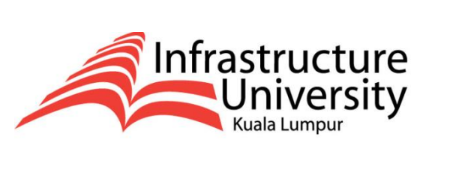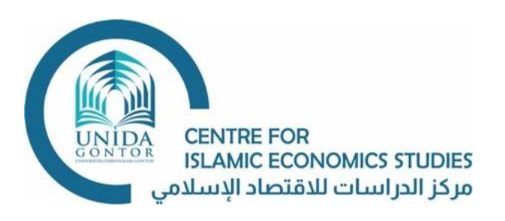Baznas Microfinance Desa for Microenterprises Empowerment within The SGDs Framework
DOI:
https://doi.org/10.21154/joipad.v4i2.10022Abstract
Empowering mustahik through assistance or productive philanthropic programs is a strategic step to increase their economic independence and active societal role. This qualitative research with an empirical approach aims to explore the role of Baznas Microfinance Desa in empowering micro businesses to achieve the Sustainable Development Goals (SDGs). Data was obtained from observations, in-depth interviews with partners and managers of Baznas, and performance reports from Baznas Ponorogo Regency. The analytical method used is thematic analysis to identify patterns and themes from the data obtained. The results show that: 1) The Baznas Microfinance Program in Ponorogo Regency aims to empower micro enterprises by providing business capital financing of a maximum of 3 million rupiahs, which can be repaid in installments over a maximum period of one year that is easily accessible is easy to access with a joint responsibility system and follows sharia principles, 2) The Baznas Microfinance Desa program can free from the snares of loan sharks while empowering 349 mustahik in 17 villages in 4 sub-districts in the fields of trade, agriculture, and farm, 3) The Baznas Microfinance Desa program plays a role in increasing the economic capacity of microenterprises in line with the Sustainable Development Goals (SDGs), especially in alleviating poverty (SDG 1), creating decent jobs (SDG 8), and reducing inequality (SDG 10). The Baznas Microfinance Desa program is proven to be a more effective microfinancing model in supporting MSME growth and sustainable development.
Downloads
Published
Issue
Section
License
Copyright (c) 2025 Nur Kasanah, Adi Ari Hamzah, Agus Setyawan

This work is licensed under a Creative Commons Attribution-NonCommercial 4.0 International License.
JOIPAD: Journal of Islamic Philanthropy and Disaster allow the author(s) to hold the copyright without restrictions and allow the author(s) to retain publishing rights without restrictions, also the owner of the commercial rights to the article is the author.









